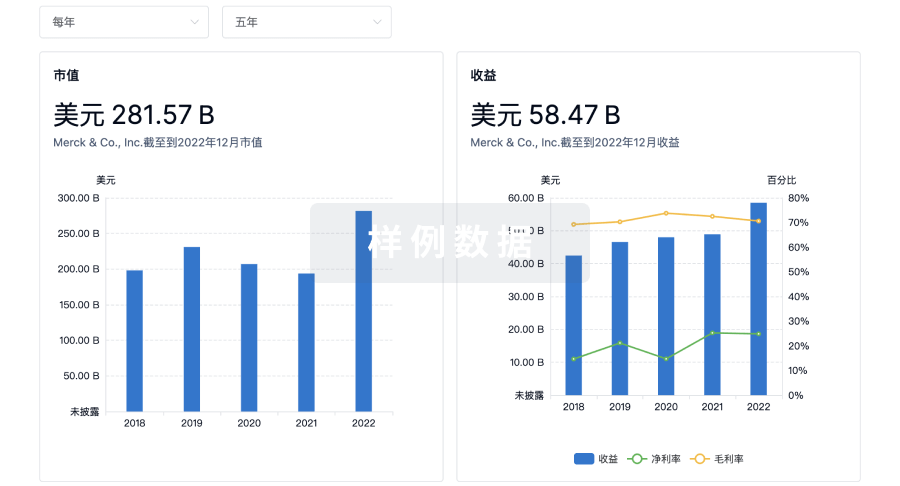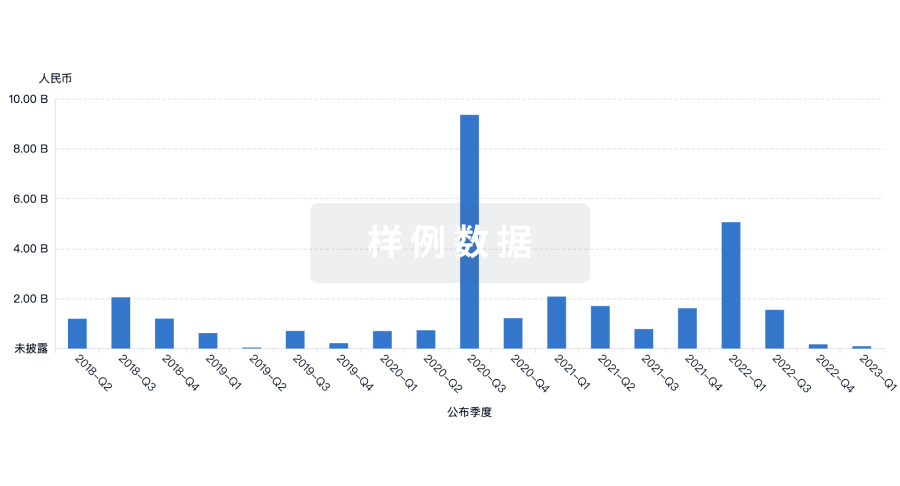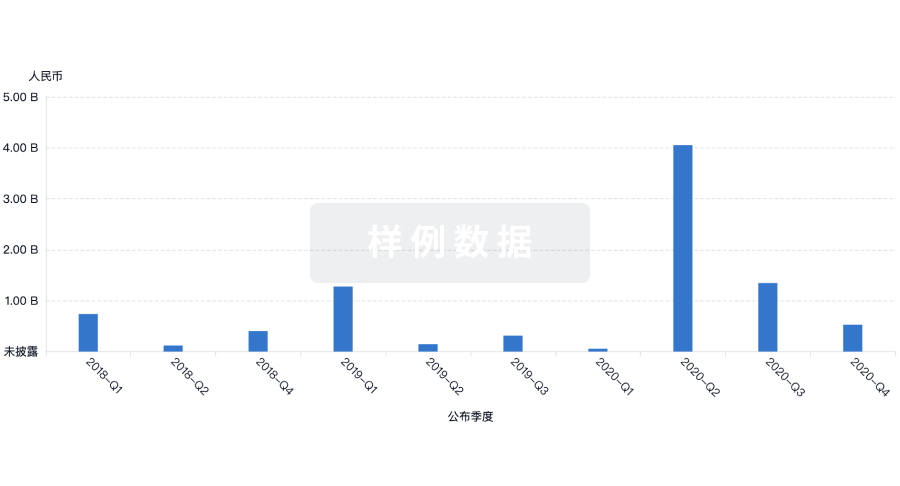预约演示
更新于:2025-05-07
Changshu No. 2 People's Hospital
更新于:2025-05-07
概览
关联
16
项与 Changshu No. 2 People's Hospital 相关的临床试验ChiCTR2400092159
Effects of music therapy on labor pain and anxiety in primiparas
开始日期2024-11-15 |
ChiCTR2400089894
Clinical trial of the safety, efficacy and feasibility of implantable spinal cord neurostimulator system for the treatment of limb motor dysfunction after stroke
开始日期2024-09-23 |
NCT06337474
An Exploratory Clinical Study of the Safety and Efficacy of CD19 Chimeric Antigen Receptor NK Cell Injections for the Treatment of Refractory Primary Immune Thrombocytopenia
A single arm, open-label pilot study is designed to determine the safety and effectiveness of CD19 CAR NK cells (KN5501) in patients with refractory immune thrombocytopenia. 9 patients are planned to be enrolled in the dose-escalation trial (9×10^9 cells, 13.5×10^9 cells). The primary objective of the study is to evaluation of the safety and feasibility of KN5501 for the treatment of relapsed/refractory B-cell related autoimmune diseases. The secondary objective is to evaluate evaluation of KN5501 for the treatment of refractory immune thrombocytopenia. The exploratory objective is to evaluate expansion, persistence and ability to deplete CD19 positive B cells of KN5501 in patients with refractory immune thrombocytopenia.
开始日期2024-08-30 |
申办/合作机构 |
100 项与 Changshu No. 2 People's Hospital 相关的临床结果
登录后查看更多信息
0 项与 Changshu No. 2 People's Hospital 相关的专利(医药)
登录后查看更多信息
569
项与 Changshu No. 2 People's Hospital 相关的文献(医药)2025-12-31·Annals of Medicine
Impact of 30 mL/kg fluid resuscitation completed within one hour on elderly septic shock patient
Article
作者: Min, YePing ; Gu, Tijun ; Liu, Fujing ; Jin, Fang ; Zhang, Lingling
2025-07-01·Biochemical Pharmacology
A novel IgD-FcδR blocker, IgD-Fc-Ig fusion protein, effectively alleviates abnormal activation of T cells the disease progression in systemic lupus erythematosus
Article
作者: Yan, Shangxue ; Ling, Xi ; Xu, Nuo ; Wang, Yueye ; Dong, Manling ; He, Jingjing ; Wei, Wei ; Guo, Tingting ; Jiang, Li ; Li, Tao ; Zhang, Jing ; Liu, Danyan ; Wu, Tiantian ; Zhao, Jiemin ; Wu, Yujing ; Chen, Mengqin
2025-04-01·Drug Research
Fragment-Based Drug Discovery of KIF11 Inhibitors for Glioblastoma
Treatment: Molecular Insights and Therapeutic Potential
Article
作者: Naseer, Qais Ahmad ; Chen, Shengxia ; Khan, Muhammad Ajmal ; Xuexian, Cao ; Yimai, Deng
1
项与 Changshu No. 2 People's Hospital 相关的新闻(医药)2022-08-19
医生是陪我们走完一生的人。他们不是神,却愿为了我们,与病魔较量;他们不是超人,却拼了命与时间赛跑,护佑生命。白衣为甲,医者仁心。今天是中国医师节,在这里我们向所有医务工作者说声:节日快乐!医生在救死扶伤中需要更具疗效的创新药,而在生物医药研发的过程中,临床试验则是检验一款药物能否上市的标准。因为只有临床试验证明了其疗效与安全性才可以上市。如何加速肿瘤创新药临床进程,提升临床试验的效率?如何搭建临床医生与医药企业的沟通桥梁?生物药临床研究的发展现状及潜力如何?我们或许可在9月3日首届BioAnniversary生物产业大会的肿瘤临床研究分论坛上找到答案。首届BioAnniversary生物产业大会是由BioBAY主办、致力于推动全球生物医药产业创新的高端会议,大会将于9月2日在苏州金鸡湖畔国际博览中心盛大启幕。我们以Explore The Unknown为题,邀请临床PI与药企面对面,共同探索临床研究升级新范式。下面我们以苏州本地临床研究服务为样本,探究临床研究服务那些事。苏州临床试验机构情况苏州大市范围内共18家药物备案机构,分别为苏州大学附属第一医院、苏州大学附属第二医院、苏州大学附属儿童医院、苏州九龙医院、苏州市立医院、苏州科技城医院、苏州市第五人民医院、苏州市第九人民医院、苏州市广济医院、苏州市中医医院、常熟市第一人民医院、常熟市第二人民医院、常熟市中医医院、昆山市第一人民医院、昆山市中医医院、太仓市第一人民医院、张家港市第一人民医院、张家港市中医医院,其中具备开展Ⅰ期临床试验资质的有苏州大学附属第一医院、苏州大学附属第二医院、苏州市立医院、苏州科技城医院。苏州Ⅰ期临床试验机构情况苏州大学附属第一医院:于2002年8月10日成立“药品临床研究基地”,2005年11月28日通过原国家食品药品监督管理局(CFDA)药品安全监督司的资格认定,并正式更名为“药物临床试验机构”。目前,共有29个专业组具有承担临床试验资格,包括28个临床专业组以及I期临床试验研究室,以及45个国家局备案的器械专业组,其中血液科排名全国第三。苏州大学附属第二医院:于2005年取得国家药物临床试验机构资格,Ⅰ期临床研究室通过现场检查。2009年通过GCP复核检查,2012年获得复核通过批件。2014年12月接受第二次GCP复核检查。现已备案12个药物专业、34个医疗器械专业。苏州市立医院:是南京医科大学附属医院,设有本部、东区、北区3个综合性院区和1个独立的教学培训基地。于2018年获得国家药物临床试验机构认定,8个药物认定专业,包括呼吸内科、心血管内科、内分泌、生殖健康与不孕症、妇科、烧伤、肿瘤以及Ⅰ期临床试验研究室;29个医疗器械备案专业,包括呼吸内科、消化内科、神经内科、心血管内科等。Ⅰ期临床试验中心于2021年1月1日建成,床位数48张。苏州科技城医院:是南京医科大学附属医院,并已成功挂牌南京大学医学院苏州科技城临床学院。于2019年取得药物临床试验机构资格认定证书;现有国家药物临床试验认定专业6个:内分泌、神经内科、心血管、肾病、肿瘤、Ⅰ期临床试验研究室。器械专业科室11个:心血管科、肿瘤科、口腔科、皮肤科、麻醉科、儿科、影像科、放疗科、检验科、呼吸科、康复科。临床试验机构共拥有标准病房14间,可同时容纳56位受试者。苏州市第五人民医院和苏州市广济医院作为专科医院,其特色备案专业为传染病领域和神经领域。苏州第五人民医院于2020年11月在药物临床试验机构备案平台获得备案号,共3个药物专业,分别是生物等效性试验、肝炎专业、结核病专业,以及7个器械专业。并于2020年12月通过了江苏省药监局的备案后首次现场检查,监护病房床位60张。苏州市广济医院于2020年10月在药物临床试验机构备案系统首次备案,备案专业为精神卫生专业,并已通过首次现场监督检查。苏州临床研究服务平台建设进展1. 临床服务平台建设情况苏州临床研究服务平台于2021年4月举办成立大会,由BioBAY联合中科院上海药物所苏州药物创新研究院共同搭建,旨在解决苏州生物医药企业临床资源对接的需求痛点,进一步深化“院企合作+医工结合”,推动企业和医院开展多层次的深入合作。同时,积极链接外部资源,为创新企业临床试验提供解决方案和服务体系。2. 临床服务平台服务成果在苏州临床研究服务平台的服务体系下,现已开展服务包括:帮助企业对接临床资源进行临床试验/IIT试验、建立专家库、提升本地医院临床研究能力、帮助本地企业产品进入医院及其他衍生服务等。(1)临床试验2021年,平台共帮助本地17家生物医药企业,29个临床试验项目对接外部医院,覆盖北京、天津、吉林、上海、湖南、江苏、浙江等地。(2)IIT试验/科研合作截至目前已帮助25家企业对接苏州本地医院临床试验机构办及相关临床科室(包括苏州大学附属第一医院、苏州市立医院、苏州市独墅湖医院等),开展生物样本、科研合作、临床试验、IIT试验等业务。(3)专家库建设2020年9月,苏州工业园区康林肿瘤科技创新研究院由国内知名肿瘤学家北京大学肿瘤医院沈琳教授、上海市肺科医院周彩存教授、南京大学医学院附属鼓楼医院刘宝瑞教授等联合发起成立,在由专家团队组成的理事会的指导下开展运营工作,围绕肿瘤学创新性研究需求,通过与企业、医院、科研机构和学术团体等多方的精诚合作来整合行业资源,建立并提供优质的研究资源与平台,引领中国肿瘤临床和转化医学研究的快速持续发展。此外,沈琳教授的团队成员、周彩存教授的团队成员、刘宝瑞教授的团队成员均为专家库成员,专注于消化道肿瘤。3. 数据服务平台可提供给生物医药企业电子数据收集(EDC)、随机与供应管理(IRT/IWRS)、随机与药物供应(IRT/IWRS)、临床药物编盲贴标、Depot药物仓储和药物供应等临床药物全流程的管理服务。迄今为止,已服务项目数超500,客户超过100家,国内医药创新前十客户占比超过5成,苏州本土客户超过20家。4. 海外注册及临床试验服务平台可帮助生物医药企业产品出海,包括产品申报临床及上市的注册、咨询、临床试验相关服务(医学、项目管理、药物警戒、上市后研究等)。目前已服务近10家企业,产品领域涉及医疗器械、仪器、试剂盒、疫苗、溶瘤病毒等,服务内容包括注册、临床研究、上市后研究、稽查等,出海国家包括新加坡、欧洲、美国、非洲、亚太、澳大利亚等。会议信息首届BioAnniversary生物产业大会将于9月2日在苏州金鸡湖畔国际博览中心盛大启幕。我们以Explore The Unknown为题,围绕新药研发和创新医疗器械两大重点领域展开,会议分为DeviceChina及PharmChina两个版块,就细胞治疗、基因治疗、核酸药物、大分子、小分子药物、BT+IT、IVD产业链、高值耗材、医疗设备、政策法规、资本市场等多个焦点话题展开探索,共同促进中国生物医药的创新发展。欢迎报名参加!扫描二维码即可报名点击【注册参会】填报个人信息少量免费参会名额,先到先得推荐阅读首届BioAnniversary丨医疗设备分论坛:微创手术是最好的选择吗?上市企业丨百济神州:一线治疗肝癌PD-1抑制剂达到3期临床终点上市企业丨再鼎医药:PARP抑制剂上半年销售6365万美元,同比增长77%
小分子药物疫苗基因疗法细胞疗法免疫疗法
100 项与 Changshu No. 2 People's Hospital 相关的药物交易
登录后查看更多信息
100 项与 Changshu No. 2 People's Hospital 相关的转化医学
登录后查看更多信息
组织架构
使用我们的机构树数据加速您的研究。
登录
或

管线布局
2025年11月29日管线快照
无数据报导
登录后保持更新
药物交易
使用我们的药物交易数据加速您的研究。
登录
或

转化医学
使用我们的转化医学数据加速您的研究。
登录
或

营收
使用 Synapse 探索超过 36 万个组织的财务状况。
登录
或

科研基金(NIH)
访问超过 200 万项资助和基金信息,以提升您的研究之旅。
登录
或

投资
深入了解从初创企业到成熟企业的最新公司投资动态。
登录
或

融资
发掘融资趋势以验证和推进您的投资机会。
登录
或

生物医药百科问答
全新生物医药AI Agent 覆盖科研全链路,让突破性发现快人一步
立即开始免费试用!
智慧芽新药情报库是智慧芽专为生命科学人士构建的基于AI的创新药情报平台,助您全方位提升您的研发与决策效率。
立即开始数据试用!
智慧芽新药库数据也通过智慧芽数据服务平台,以API或者数据包形式对外开放,助您更加充分利用智慧芽新药情报信息。
生物序列数据库
生物药研发创新
免费使用
化学结构数据库
小分子化药研发创新
免费使用